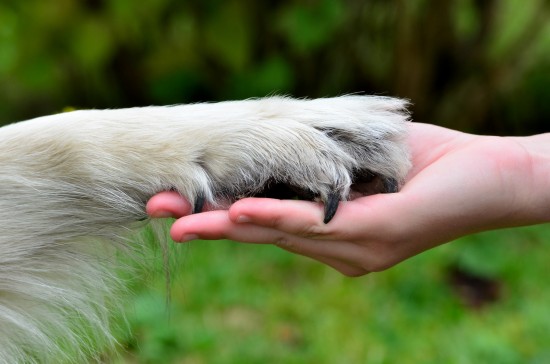
Originating from Africa, the vibrant Fischer lovebird got its name from its discoverer, the German explorer, Gustav Fischer. These birds are identified through their green colored chest, back and wings as well as their blue rump. The white ring encircling their eyes is distinctive. They also have golden necks that turn orange on the upper part. They have red beaks and olive green heads.
An inhabitant of northern Tanzania and the east-central part of Africa, they Fischer lovebird thrive the far-flung bunches of trees with in-between grass plains. With a high-pitched tweet, it is naturally noisy. This African lovebird species have straight and quick flight. Furthermore, it can consume a broad range of food and that include millets, fruits, maize and seeds.
Fischer lovebirds breed from the month of January until April and from June until July. The female Fischer lovebird usually lays up to five eggs in which it sits for twenty-three days. Both sexes of this lovebird species look just the same. An ideal way to identify their sex is by DNA testing procedure. Most of the Fischers are green but there are mutations such as the blue indicating the deficiency in the yellow pigment. In 1957, the first mutation of the Fischer was done in South Africa.
The dark- or black-eyed specie, the lutino, the cinnamon, the white, the albino and the pied, are among the mutations of the Fischer lovebird. These types of lovebirds are highly energetic creatures like most of the lovebirds, thus they need a spacious cage so that they can roam around comfortably. They love to chew and to play with toys inside their playpen so you can have some for these flying creatures, too. The Fischer lovebird prefers a cage with corners. It is where they could hide when feeling anxious. With a lack of things and toys, they might get bored to the point that they pluck their feathers. This must be avoided as it is not easy to stop.
Provide a Fischer lovebird a bath tub to gratify their love for bathing. Also, give them an area to sun themselves after taking a bath. These birds are particularly sociable so experts recommend having them in pairs if owners have the capability to do so. Initially, they can act timid but might be stunned due to loud noise, sudden movements or new things. They hate to be touched and are exceptionally defensive.
Do You Want To Know How To Take Care Of Your Lovebird & Build Great Friendship With Your Bird? Discover more information about Fischer Lovebird, visit Lovebirds Care.
 Dealing With A Dam That Becomes Aggressive After Delivery
Dealing With A Da
Dealing With A Dam That Becomes Aggressive After Delivery
Dealing With A Da
 Thinking About Getting A Puppy?
Thinking About Ge
Thinking About Getting A Puppy?
Thinking About Ge
 5 Great Dog Breeds To Share Your Retirement Years With
5 Great Dog Breed
5 Great Dog Breeds To Share Your Retirement Years With
5 Great Dog Breed
 Is The Swedish Vallhund The Right Choice For You?
Is The Swedish Va
Is The Swedish Vallhund The Right Choice For You?
Is The Swedish Va
 What Are The Dog’s Dewclaws?
What Are The Dog’
What Are The Dog’s Dewclaws?
What Are The Dog’
Copyright © 2005-2016 Pet Information All Rights Reserved
Contact us: www162date@outlook.com